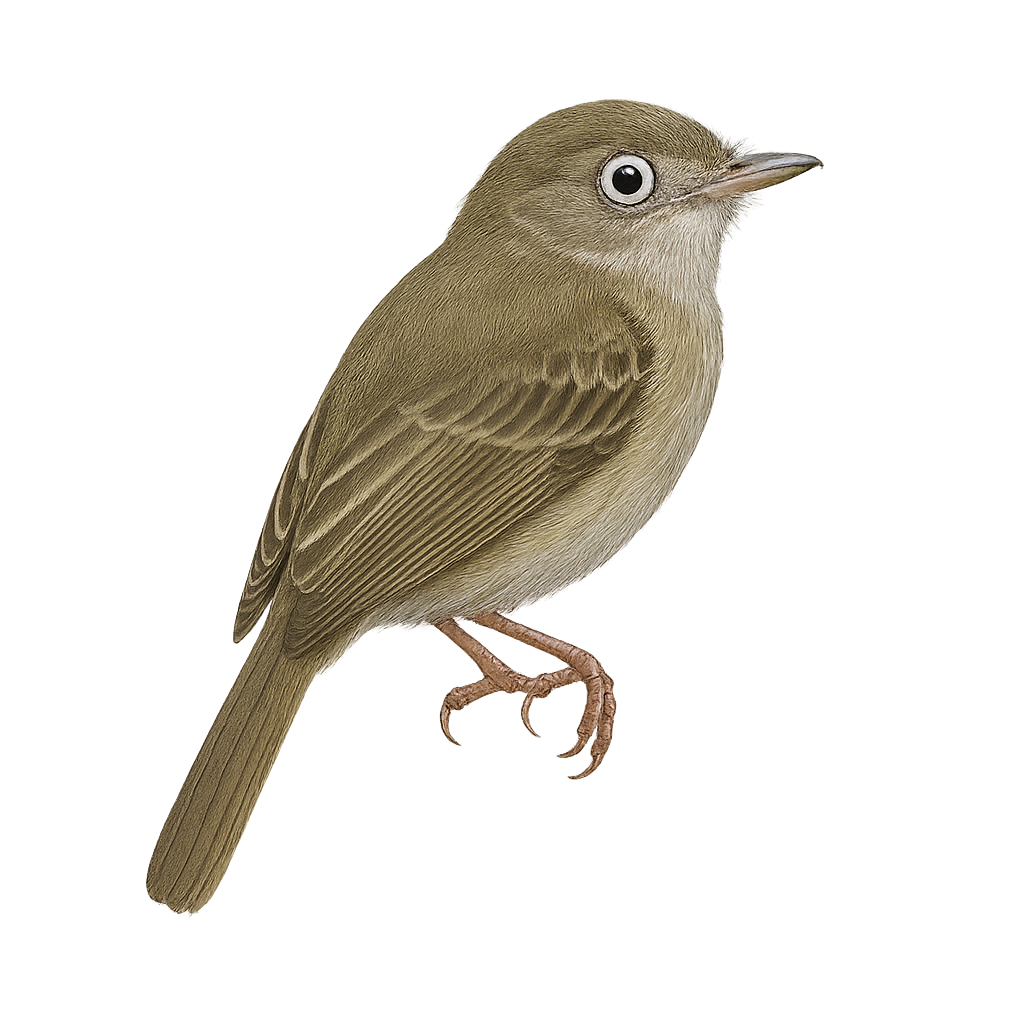Your wildlife photography guide.
Explore the white-eyed tody-tyrant in detail, study its behavior, prepare your shots.
Where to observe and photograph the white-eyed tody-tyrant in the wild
Learn where and when to spot the white-eyed tody-tyrant in the wild, how to identify the species based on distinctive features, and what natural environments it inhabits. The WildlifePhotographer app offers tailored photography tips that reflect the white-eyed tody-tyrant’s behavior, helping you capture better wildlife images. Explore the full species profile for key information including description, habitat, active periods, and approach techniques.
White-eyed Tody-Tyrant
Scientific name: Hemitriccus zosterops

IUCN Status: Least Concern
Family: TYRANNIDAE
Group: Birds
Sensitivity to human approach: Suspicious
Minimum approach distance: 5 m
Courtship display: September to October
Incubation: 16-18 jours
Hatchings: October to November
Habitat:
Humid forests, lowland forests, dense undergrowth
Activity period :
Primarily active during the day, with peak activity in the morning and late afternoon.
Identification and description:
The White-eyed Tody-Tyrant, or Hemitriccus zosterops, is a small bird from the Tyrannidae family. It is primarily found in lowland humid forests in South America, particularly in Brazil, Bolivia, and Peru. This passerine is notable for its white eye-ring, which gives it its name. With a modest size of about 9 cm in length, its olive-green plumage with yellowish underparts makes it hard to spot in dense habitats. It feeds mainly on insects, which it catches in flight or on leaves. The White-eyed Tody-Tyrant is an active and vocal bird, often heard before seen. Its song is a rapid, high-pitched trill.
Recommended lens:
400 mm – adjust based on distance, desired framing (portrait or habitat), and approach conditions.
Photography tips:
To photograph the White-eyed Tody-Tyrant, it is advisable to use a telephoto lens of at least 400 mm to capture detailed images without disturbing the bird. Look for it in the dense undergrowth of humid forests, where it is often active and vocal. Be patient and listen for its high-pitched trill to locate it. A discreet approach is essential, as this bird is suspicious. Early morning hours are best for soft light and increased activity.
The WildlifePhotographer App is coming soon!
Be the first to explore the best nature spots, track rutting seasons, log your observations, and observe more wildlife.
Already 1 432 wildlife lovers subscribed worldwide

